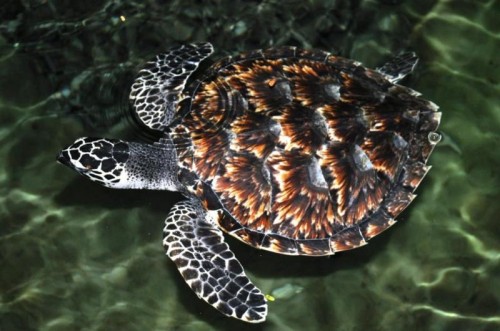Corcovado National Park: Where Adventure Meets Sustainable Development and Conservation
Exploring the Osa Peninsula this week brings us to the pinnacle of biodiversity in Costa Rica, Corcovado National Park, which is home to the mangroves explored yesterday. The park covers one-third of the Osa Peninsula. With 13 major ecosystems including lowland rainforest, highland cloud forest, jolillio palm forest, mangrove swamps, and coastal and marine habitats, this park is unlike any other place in the world. With its multitude of ecosystems and species, it is the outdoor adventure of a lifetime or maybe even a romantic place to consider having a non-traditional eco friendly wedding or honeymoon. Here sustainable development and conservation efforts have created a destination spot for both the amateur and the most experienced traveler.
With hikes ranging from 2.5 to 19 miles, you can choose to hike for a couple of hours or days. It generally takes two days to cross from one side of the park to the other, and you can decide whether you want to backpack along the golden sand coast lined with coconut trees or through the muddy trails of the enchanting rainforests. Crossing watery areas will depend on the tide when traversing through the mangrove estuaries. The multitude of ecotours and backpacking adventures available include waterfall rappelling, backpacking through the rainforests, jungle night walks and kayaking through the mangroves.
The park is one of the most untouched and unspoiled places left due to the remoteness of its location and Costa Rica’s commitment to sustainable development. The park was established in 1975, and it is home to many species including crocodiles that comb through all of the park’s major waterways. The jaguar population within the park is the healthiest in all of Central America; however, it is still extremely unlikely for a visitor to spot one. Many other elusive cats call the park home as well, including the puma, ocelot, and margay. The park is one of the last homes of the Baird’s tapir, usually found lounging in the shade or in shallow pools of stagnant water. There are dozens of snake species present, many of them venomous, including the bushmaster, the eyelash pit viper, and the coral snake. The boa constrictor is the largest snake in the park. Spider monkeys climb across the trees and other small mammals and reptiles are common within the park including white-nosed coati, sloth, tamandua, giant anteater, basilisk, and ctenosaur. Birds include the highly endangered scarlet macaw and harpy eagle, the tiger heron, black vulture and the chestnut-mandibled toucan, among hundreds of others. The fact that it is home to significant populations of large predators such as jaguars and pumas reflects the park’s incredible species diversity. It represents one of the world’s most important sources for future knowledge about rainforest ecosystems and the conservation of biological diversity. Luckily, Costa Rica as a nation has recognized the value of preserving this region.
In 1988, the ecodevelopment programme (BOSCOSA) was initiated by Costa Rica’s Fundacion Neotropical and the World Wildlife Fund to improve conservation efforts on the peninsula including education and ecotourism. In 1990, Costa Rica launched a cooperative strategy for conservation and sustainable development through ECODES. Costa Rica has continued to advance its sustainable development initiatives such as ecotourism, which is ardently supported by Crocodile Bay. Each day both the environmental and the human impact of climate change becomes a more serious threat and sustainable development is a critical element in solving this global problem. As the sustainable development model continues to grow internationally, organizations which support volunteerism and ecotravel are mushrooming.
The park represents one of the world’s most important sources for future knowledge about rainforest ecosystems and the conservation of biological diversity. With one of the only remaining old-growth wet forests on the Pacific Coast of Central America, it is the backpacking adventure of a lifetime. Here you can connect with nature and unwind from the hectic pace of urban life by taking time to reflect while on a wild adventure in one of the world’s most exotic places.







